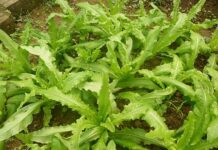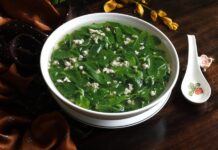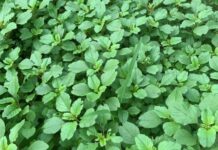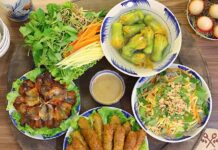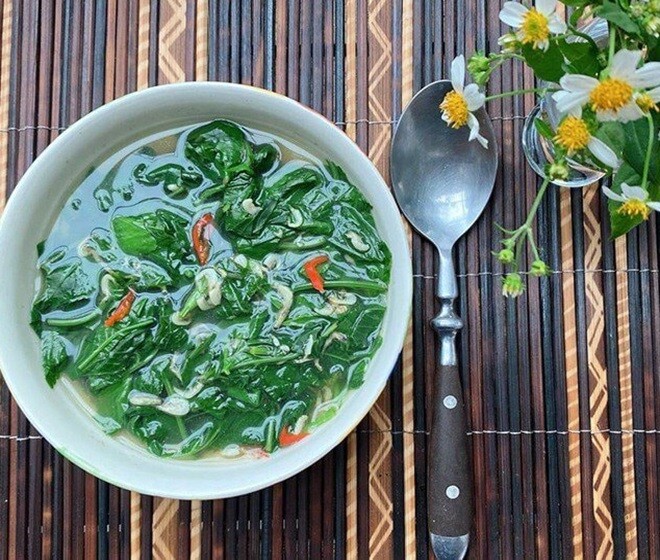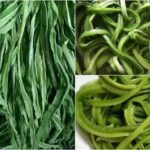Discover the health benefits of these 3 wild plants, often overlooked as mere weeds, as recommended by renowned herbalist Bui Dac Sang from the Hanoi Oriental Medicine Association.
Xuyen Chi (Latin name: Bidens pilosa)
With spring in full bloom, Xuyen Chi is at its most tender and nutritious stage. Instead of discarding this wild herb, foraged Xuyen Chi can be utilized as a delicious and healthy addition to your meals. Xuyen Chi, also known as Single-flower Beggar-ticks, has a variety of common names such as cúc áo, cương hoa thảo, tiểu quỷ châm, thích châm thảo, and quỷ châm thảo.

Xuyen Chi, often disliked and discarded, has a wealth of health benefits. In traditional Chinese medicine, Xuyen Chi has a bitter taste and a cooling nature. It is believed to possess detoxifying, anti-inflammatory, and blood-activating properties. The entire plant, excluding the roots, can be utilized for medicinal purposes. Xuyen Chi is used to treat respiratory infections, sore throats, appendicitis, infectious hepatitis, stomach and intestinal inflammation, poor digestion, joint pain, and malaria.
Modern scientific research has revealed the presence of flavonoids and polyynes in Xuyen Chi, which exhibit potential anticancer properties. Additionally, it is one of 1200 plant species studied for their antidiabetic properties. The essential oil derived from Xuyen Chi possesses strong antibacterial, antifungal, and antioxidant capabilities. However, it is important to consult a qualified herbalist or healthcare professional before consuming Xuyen Chi for medicinal purposes to ensure proper dosage and usage.
Thai Lai (Latin name: Centella asiatica)
Thai Lai, commonly known as Gotu Kola or Asiatic Pennywort, is abundant in Vietnam and often overlooked as a mere weed. This rapid-growing herb, also called rau trai trắng or cỏ chân vịt, thrives in moist environments and is usually uprooted to make room for more economically valuable crops. However, Thai Lai is a nutritious and medicinal herb with a plethora of health benefits.
The young leaves and stems can be cooked and enjoyed as a tasty and healthy vegetable. In traditional medicine, the whole plant is harvested and used fresh or dried throughout the year. Thai Lai has a sweet and slightly cooling nature, and it is believed to possess cooling, anti-inflammatory, diuretic, and anti-swelling properties. It is commonly used to treat respiratory infections, sore throats, and urinary tract infections.
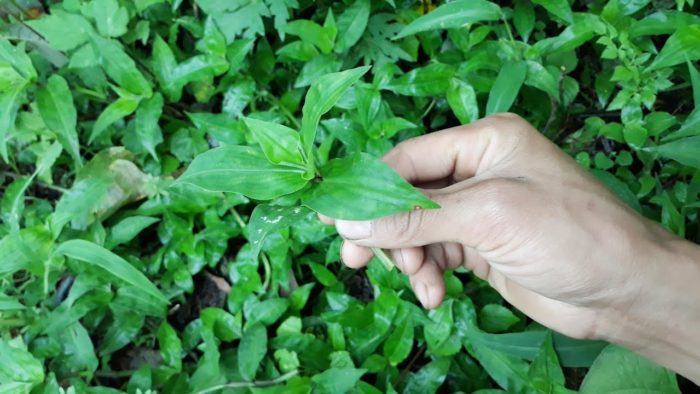
Thai Lai is easy to cultivate and grows rapidly, yet it is often disregarded as a mere weed. In folk medicine, Thai Lai is used to treat infections and inflammation of the throat, tonsils, and urinary tract. It is also applied topically to treat skin infections and relieve pain and swelling in joints and knees caused by snake or scorpion bites. A fresh Thai Lai poultice is typically used for this purpose.
Modern scientific research has identified valuable compounds in Thai Lai, including α-glucosidase, which helps regulate blood sugar levels, and p-hydroxycinnamic acid, which exhibits antibacterial properties. Additionally, D-mannitol, a compound found in Thai Lai, has been shown to possess antitussive (cough-relieving) properties. The dry matter content of Thai Lai comprises 21.15% cellulose, 12.8% ash, 7.8% protein, 0.9% lipids, and 59.75% non-protein derivatives. It also contains delphin, commelinin, flavocommelin, and awobanin. The seeds contain fatty oils.
While Thai Lai is easily accessible and offers numerous health benefits, it is important to note that it has a cooling nature. Therefore, individuals with cold stomachs or weak spleen and stomach functions should consume it in moderation or consult a healthcare professional before use.
Cuc Tan (Latin name: Chrysanthemum indicum)
Cuc Tan, commonly known as Indian Chrysanthemum or Feverfew, is a familiar plant in Vietnam, often used for hedges in rural areas. However, it is more than just a decorative plant—it is a valuable herb with medicinal properties. Cuc Tan goes by several names, including rau đại bi, đại ngải, hoa mai não, lức ấn, and băng phiến ngải.
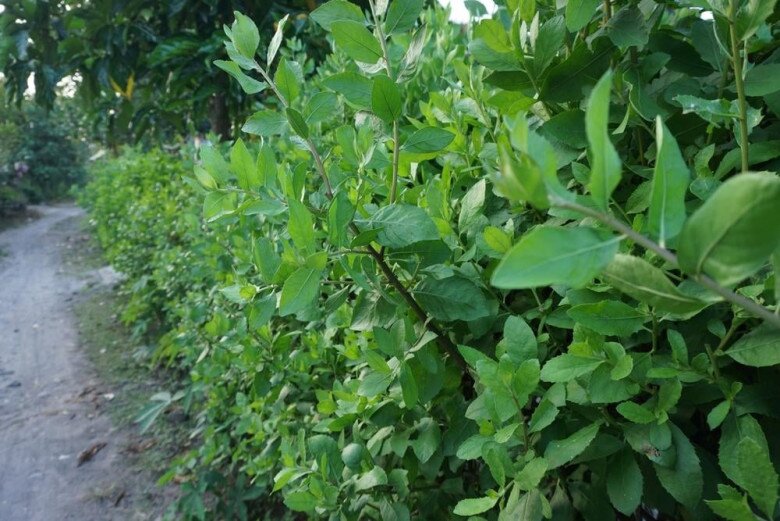
Cuc Tan, a common sight in rural hedgerows, is more than just a decorative plant—it possesses medicinal properties. In traditional Chinese medicine, Cuc Tan has a bitter taste and a cooling nature. It is believed to enter the lung and kidney meridians. Cuc Tan is commonly used in folk medicine to treat colds and fever, improve digestion and appetite, relieve urinary symptoms, and alleviate joint pain and arthritis. It is also believed to reduce stress and fatigue.
Modern scientific research has revealed the therapeutic potential of Cuc Tan. The essential oil derived from its leaves, containing compounds such as camphor, borneol, limonen, and cineol, exhibits antimicrobial activity against common pathogens when diluted in polyethylene glycol. Additionally, Cuc Tan root extract has been shown to inhibit joint swelling, and the active compounds ꞵ-sitosterol and stigmasterol have potential antidiabetic and antivenom properties.
While Cuc Tan offers a range of health benefits, it is important to use it appropriately. Consult a healthcare professional or herbalist before using Cuc Tan to treat specific health conditions, especially if you are taking other medications, to ensure safe and effective usage.
7 Types of Fish You Should Buy: Nature’s Superfood, Affordable and Nutritious
Introducing the 7 nutrient-rich wild-caught fish that you need to know about! Uncover the secrets of these aquatic powerhouses and learn how to incorporate them into your daily meals for a healthier, more nutritious diet. It’s time to take your culinary adventures to new depths and reap the benefits of these delicious and nutritious catches.











